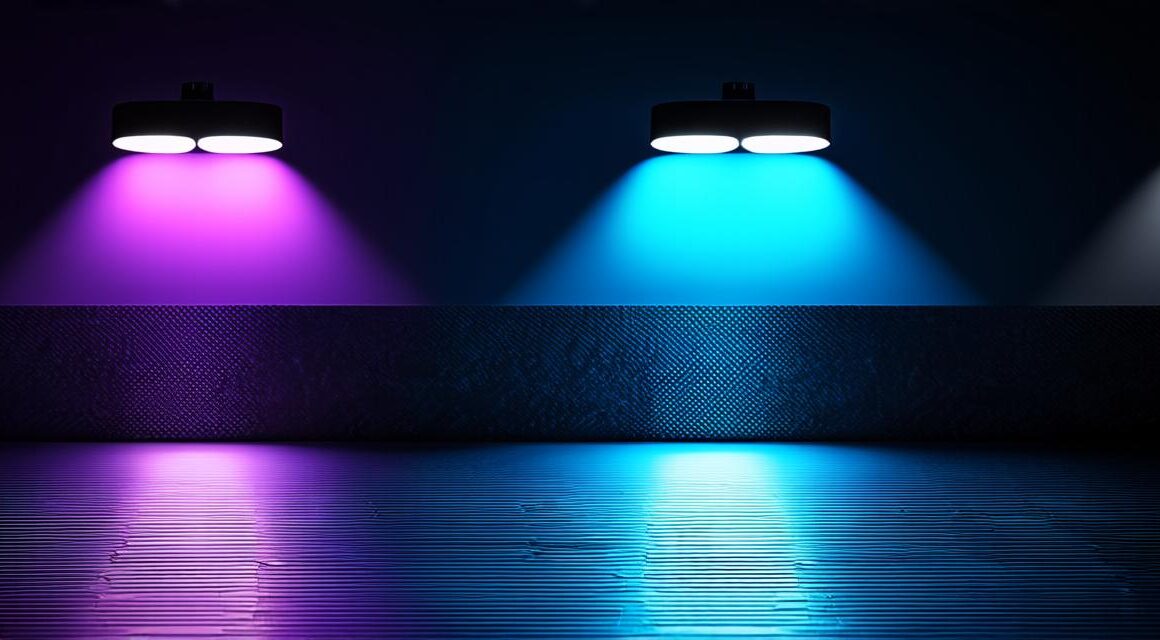Introduction
As an Unity game developer, you know that lighting is crucial to creating a realistic and immersive gaming experience. With the right lighting setup, you can make your game’s visuals pop, enhance the mood of the scene, and create a more engaging player experience.
Types of Lights
There are several types of lights available in Unity 3D. Each type has its own unique characteristics and can be used to create a variety of effects. Here are some of the most common types of lights:
1. Directional Light
Directional light is used to simulate sunlight or artificial light sources such as street lamps or spotlights. It casts a directional beam of light onto a surface, creating shadows and highlighting specific areas. This type of light is best for creating outdoor scenes or any scene where you want to create a sense of realism.
2. Point Light
Point light is used to simulate a small point of light such as a torch, fireplace, or candles. It casts a 360-degree beam of light around itself, creating shadows and highlighting specific areas. This type of light is best for adding details to your scene or creating a more realistic lighting effect.
3. Spot Light
Spot light is used to simulate a directional spotlight such as a flashlight or a stage light. It casts a narrow beam of light onto a specific area, creating shadows and highlighting that area. This type of light is best for drawing attention to specific areas in your scene or creating a sense of drama.
4. Area Light
Area light is used to simulate a larger source of light such as a window or an opening in the wall. It casts a diffuse light onto the surface it’s shining on, creating a more realistic lighting effect. This type of light is best for indoor scenes or any scene where you want to create a sense of natural light.
Setting Up Lights
Now that we have an understanding of the different types of lights available in Unity 3D let’s discuss how to set them up. Here are some tips and best practices for setting up lights:
1. Use Multiple Light Sources
Using multiple light sources is key to creating a realistic and immersive lighting effect. It’s important to use different types of lights in your scene to create a variety of effects. For example, using a directional light to simulate sunlight and a point light to add details.
2. Position Lights Carefully
The position of the light source is just as important as its type. You want to make sure that the light is positioned in a way that enhances the mood of the scene and creates a realistic lighting effect. For example, placing a directional light at eye level will create a sense of realism.
3. Use Reflective Surfaces
Reflective surfaces such as mirrors or windows can be used to enhance the lighting effect in your scene. By using reflective surfaces, you can create the illusion of more light and add depth to your scene.
4. Adjust Light Intensity and Color Temperature
Light intensity and color temperature can be adjusted to create a specific mood in your scene. For example, reducing the intensity of the light source will create a more mysterious or eerie effect. Changing the color temperature of the light source can also change the mood of the scene.
Using Lights to Enhance Game Visuals
Now that we’ve discussed how to set up lights let’s discuss how to use them to enhance game visuals. Here are some tips and best practices for using lights to enhance game visuals:
1. Use Lighting to Create Atmosphere
Lights can be used to create an atmosphere in your scene. By positioning lights in a specific way, you can create a sense of mystery or danger.



